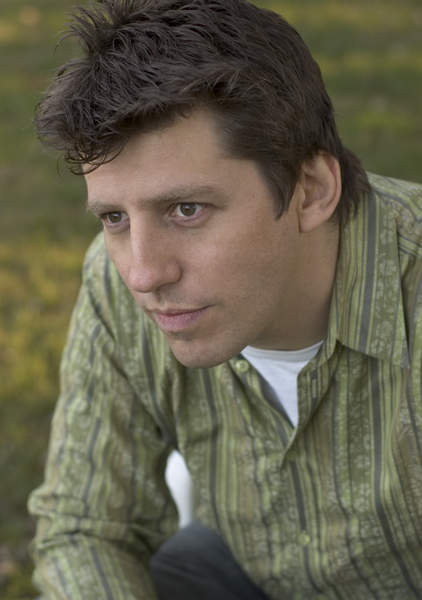Australian director Peter Cornwell's hit debut feature The Haunting in Connecticut will have its Australian premiere at the A Night of Horror Film Festival next week. He spoke to INSIDEFILM last year about his US experience.
Peter Cornwell is feeling relaxed. His debut feature The Haunting in Connecticut proved a surprise US smash hit in March and his newly bought Kindle e-reader is packed with more than 70 prospective scripts.
But while his Hollywood career is on the ascendency, many Australians could be forgiven for not knowing who he is.
Despite generating a storm of publicity six years ago with his action-packed animated short Ward 13, it was America which ultimately gave the former ABC sound recordist his break.
“There’s just a different culture in America – they seem to understand better what the risks are and how to make a film that makes money and connects to an audience,” he says.
While several local producers suggested he gain more experience after making the IF Award-winning Ward 13 – some suggested he direct TV commercials – a flurry of meetings in the US eventually led to a deal with North American distributor Lionsgate.
“I almost made a film with them when I first got out there and I did a one day set test shoot with them that they were really happy with,” he says.
“I was really happy that they’d invested, like $10,000 on a whole camera crew on a one-day test shoot, and then that film fell apart, and I felt bad really bad about that. Up until then I’d really only done animation.”
Peter Cornwell
Despite the setback, Lionsgate later offered Cornwell The Haunting in Connecticut, which went on to take more than $US55 million at the US box office and a further $US21 million worldwide.
The horror film, which has yet to be released in Australia, is a tightly wound scare fest which has pleased audiences rather than critics.
“When I watch a film I watch it as a fan. When I did Ward 13, I felt I should cut a film I wanted to see that no-one is really making. I felt like I was a fanboy of this film – which hadn’t been made yet – and I was seeing it as an audience the whole time.
“With The Haunting in Connecticut what I felt … if there is going to be another horror film what is it that horror films are missing? Most don’t have very good acting and no real heart to them. It was amazing how many people said they were crying at the end [of the film].”
It’s a breakthrough which places Cornwell alongside other local directors forging a US career including Robert Luketic (The Ugly Truth, Legally Blonde), Greg McLean (Rogue, Wolf Creek) and Gregor Jordan (The Informers, Ned Kelly).
After an extensive round of audience testing, Lionsgate was convinced it had a hit brewing, and Cornwell was given extra time to edit the film as well as a budget to spend on a full orchestral score. (Oscar winning animator Adam Elliot was on the Australian Film Commission panel which approved funding a full orchestra for Ward 13.)
Lionsgate also boosted screen numbers to more than 2,700. “It tested so well that in the last week they released it in an extra 500 cinemas,” Cornwell says.
“If you see a big film that’s in wide release, they’re not throwing their money away – they know audiences are going to like it. Critics see a lot more films than your average filmgoer and have different criteria.”
Those extensive rounds of audience testing proved crucial to the success of the film, he says.
“You can feel the energy in the audience. That slow spot you loved when you’re in the edit booth? You’re in there watching it with the audience and you can feel the audience attention sagging.
“The audience starts thinking about their shopping list or what they’re going to eat after the movie. Worse, if it’s on TV, they’ll start flicking channels and now in the cinema they’ll start texting their friends.”
“You can have slow moments in a film but they have to be filled with subtext.”
Cornwell says art-house films are effectively another type of genre film – just one with a potentially smaller audience.
“If you really have something to say, figure out exactly what you want to say and then say it in the form of a commercial film.
“Take Witness, it could have been a small art film about the Amish people. The writer … he wanted to show the Amish lifestyle versus the corruption of modern life … but he put it in a commercial film. People go along because they want to go see it because it’s a cop thriller but they get much more than that … it has some meat to it.
"Why not do that?”
This article was originally published in the October 2009 issue of INSIDEFILM magazine. Subscribe here.


